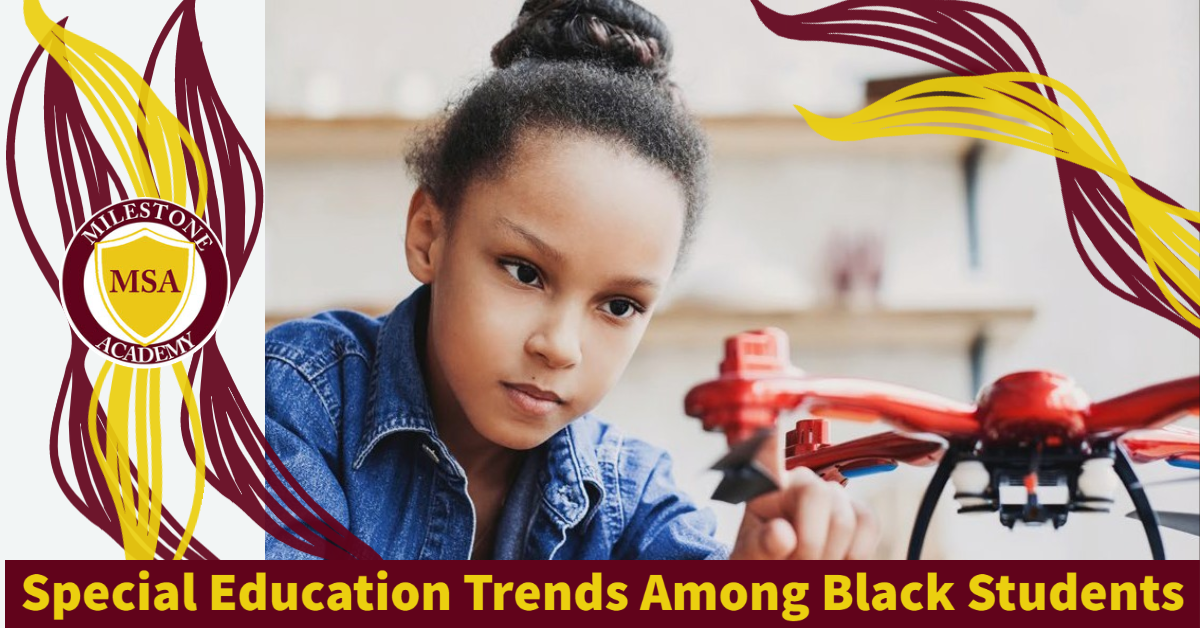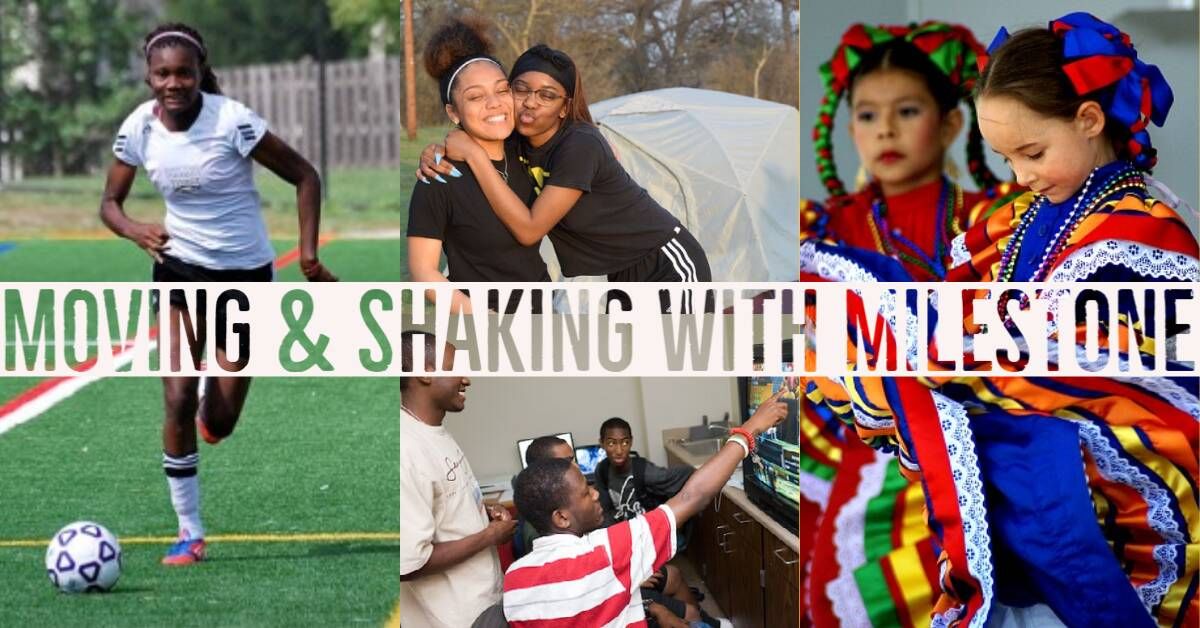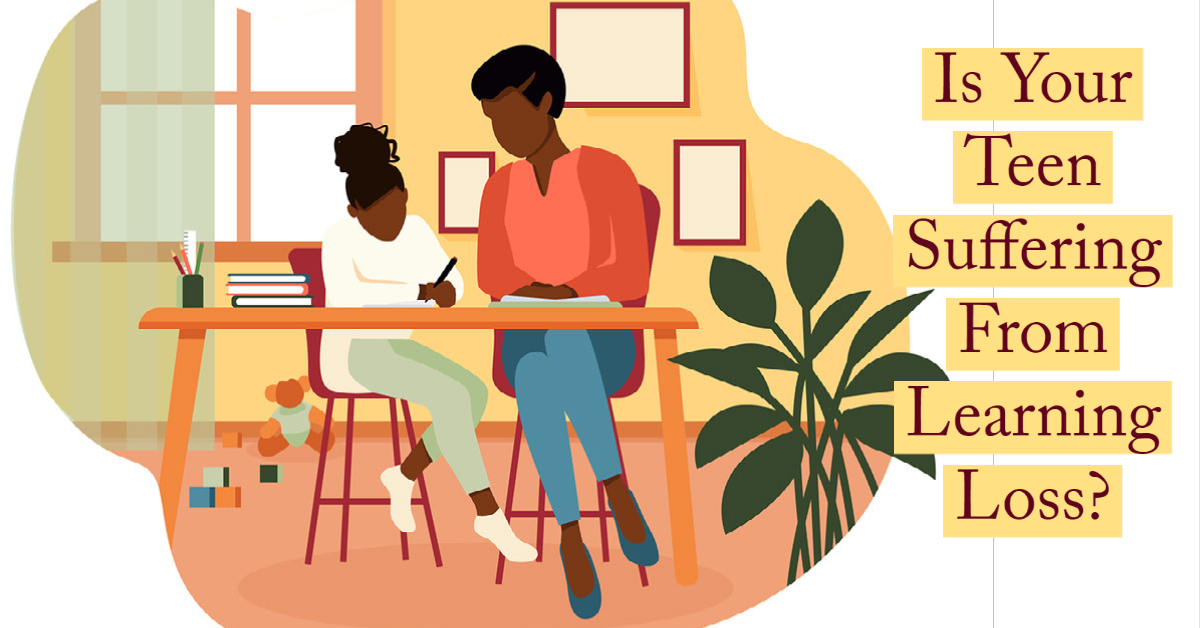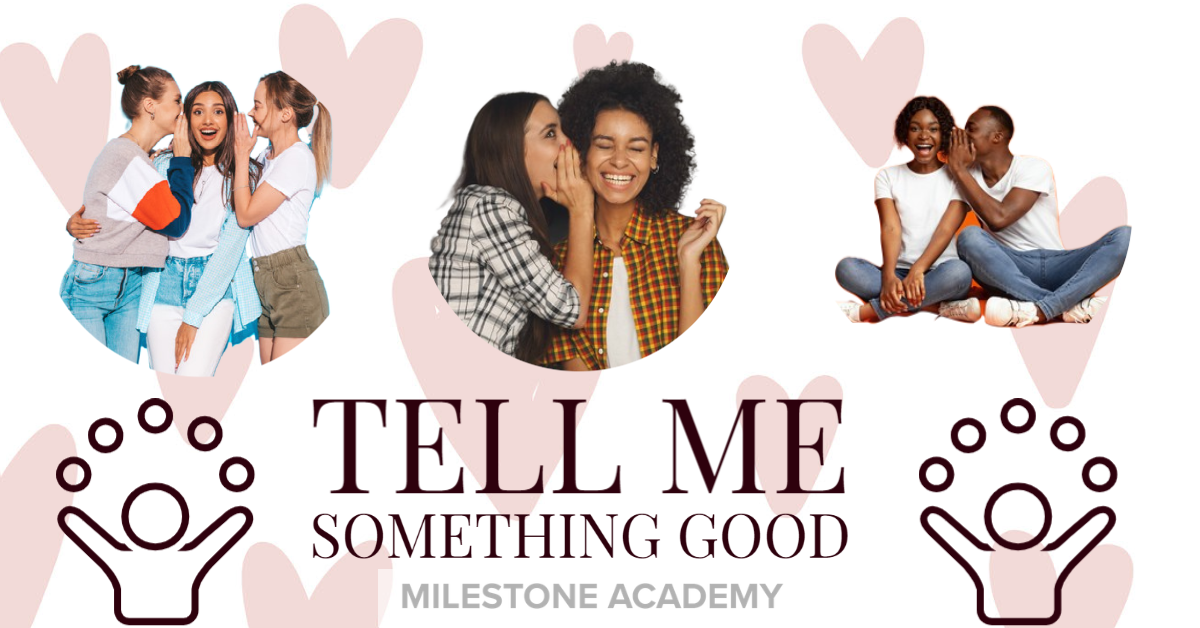Special Education Trends Among Black Students


Since the beginning of the Civil Rights Movement, Black children are overrepresented in special education and are subject to harsher discipline than their White peers. Additionally, Black students with disabilities are more likely to be restrained and excluded from general education classrooms compared to their White peers.
Differences in identification are greatest for more personal disabilities, like specific learning disabilities (SLD), intellectual disabilities (ID), and emotional disturbances (ED).
Researchers have suggested that teacher or assessment biases could have greater impacts on these more subjective disabilities, leading to the observed disparities.
Black students are twice as likely to be labeled as emotionally disturbed and three times as likely to be identified with an ID, compared to their White peers. They are also disproportionately identified as having an SLD, representing only 16 percent of the student population, but 20 percent of students with SLD, during the 2013–14 school year.
Invisible In Advanced Classrooms
Black students are under-represented in advanced classrooms. Likewise, Black students are underrepresented in gifted and talented programs. They represent 16 percent of elementary school enrollment, but only 9 percent of students in gifted and talented programs. The imbalance continues in high schools, where Black students make up 15 percent of students, but only 9 percent of all students enrolled in at least one AP course.
Over Disciplined
In general, Black students are subject to harsher discipline than White students. During the 2015–16 school year, Black students only made up 16 percent of students but 31 percent of students arrested or referred to law enforcement. Additionally, Black students make up 32–42 percent of students suspended or expelled. For context, only 4.6 percent of White students are ever suspended, compared to 16.4 percent of Black students. Black students are also disproportionately restrained and secluded in school. Black males are consistently disciplined more harshly for the same behaviors, when compared to White students, and socioeconomic disparities do not explain this difference.
Improving Policy and Practice
The National Center for Learning Disabilities recommends the following resolutions for states and school districts to improve their special education process:
-
seeking outside expertise to implement training on disability identification that includes considerations for linguistic and cultural differences
-
investing in and prioritizing hiring educational professionals with expertise in cultural and linguistic consideration in identification;
-
completing an audit of their discipline and special education policies and processes to uncover and address bias within the system itself and the actors within the system;
-
investing in developing relationships with families and creating an open dialogue with parents and families to better understand a student’s familial, social, and cultural background and to incorporate parents’ observations into the special education.
-
modify their discipline policies to restrict the usage of suspensions and expulsions, focusing instead on creating positive learning environments with sufficient social workers and school counselors; and
-
implement (and provide training to educators in) Multi-Tiered Systems of Supports (MTSS), Universal Design for Learning (UDL), Positive Behavioral Interventions and Supports (PBIS), culturally responsive teaching (CRT), and restorative practices.
Want To Learn More?
For a full discussion of the research on disproportionality in special education and a set of policies and practices that can reduce significant disproportionality in schools, visit ncld.org/sigdispro.
Those opinions of the National Learning Disability Center and other referenced sources do not represent MileStone Academy staff, students, or volunteers.


